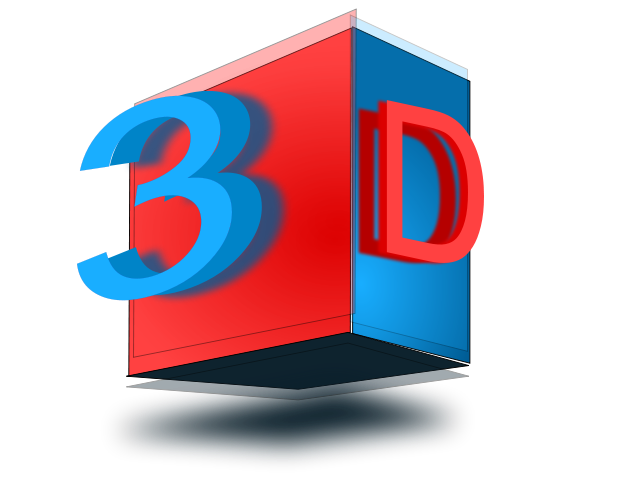Depth Perception vs Degraded Quality? The audience is still boggling their minds over this fuss. [highlight ]3D has come out to be nothing but a fake excitement.[/highlight] It has the intensity but lacks clarity. But still, the idea and concepts about how the depth perception works is worth bugging your mind. So how 3D works?
The depth perception is nothing but a simple science. [highlight color=#2649f4 ]The concepts of Stereoscope and Polarization is adapted in the process.[/highlight]
Polarization: It is a concept that comes from science, and it involves light, radiation, or magnetism moving in specific directions
The process of 3D film making is complex. One way is to shoot the movie with a 3D camera or digitally render it in post production. There are tools for digital rendering of videos, but shooting with a 3D camera is as complicated as Mosaic.
A 3D camera consists of two lenses placed at a gap equal to the gap between our eyes. They are placed at different angles, capturing the same footage simultaneously like our eyes. Either the images are stored in two different framed celluloid or in a single frame but they are still distinct.
Hence the Stereoscope comes to motion.
Those two images are projected on screen via dual projectors each projecting distinct image simultaneously or a single projector projecting those two images simply by combining and overlapping them. All in all, we see a single video with two distinct images, hence causing blurred imagery, irritation and disturbance in our eyes, sort of like this : –
Now the question arises, [highlight ]how do we perceive depth by those 3D goggles?[/highlight] Well that’s where the concept of polarization comes in handy. Those goggles are actually made up of Polaroid. A polarized 3D system uses polarization glasses to create the illusion of three-dimensional images by restricting the light that reaches the eyes.
The two images projecting on the screen are left eye image and right eye image. What happens is that the left Polaroid of the goggles restricts the right eye image of the video and only lets the left eye image to pass through it and vice versa. This causes the left eye to view image with one angle and the right eye with another like real world objects, hence causing depth perception.
[highlight color=#2649f4 ]The two basic 3D techniques used in theatres right now are Active and Passive.[/highlight]
1.Active-shutter 3D glasses: It features LCS lenses that alternately flash the images for each eye at high speed. The glasses require rechargeable batteries. The shutter is synchronized through an invisible infrared signal that broadcast in the theatre and picked up by the glasses.
XPAND: Active-shutter glasses that feature left and right lenses that open and close alternately. The images are projected from a single projector onto a white screen.
2.Passive 3D glasses: It uses polarized lenses, which filter the projection, allowing one eye to see only one image. Passive glasses require no electronics or batteries.
RealD: It features circularly polarized lenses. The images are projected from a single projector onto a silver screen.
Dolby 3D: It uses color filtering of primary colours of light to produce a colour-shifted left and right eye image which the eyewear filters out. The technology uses a single projector and a white screen.
.
IMAX digital: It features linearly polarized lenses. The images are projected from two projectors onto a silver screen.
IMAX film (large format): Passive glasses featuring linearly polarized lenses. The images are projected from two projectors onto a silver screen.
Anaglyph 3D: It is old but quite similar to the fresh 3D technology . Anaglyph 3D images contain two differently filtered coloured images, one for each eye. When viewed through the “colour-coded” “anaglyph glasses”, each of the two images reache the eye it’s intended for, revealing an integrated stereoscopic image. The visual cortex of the brain fuses this into perception of a three-dimensional scene or composition.
